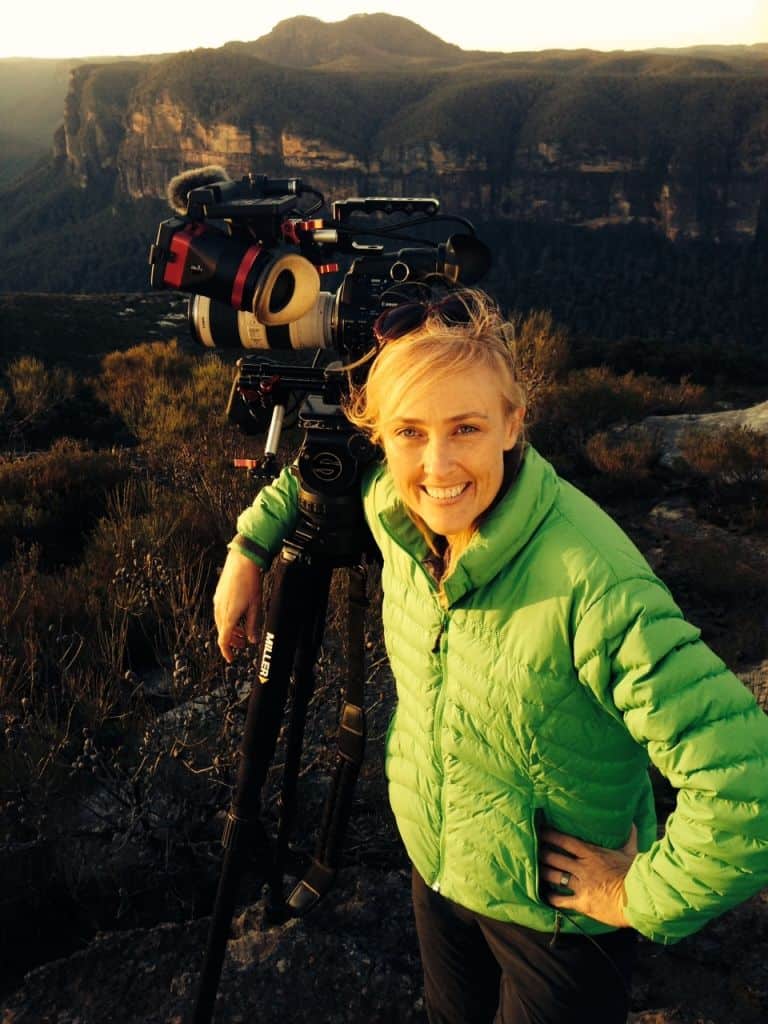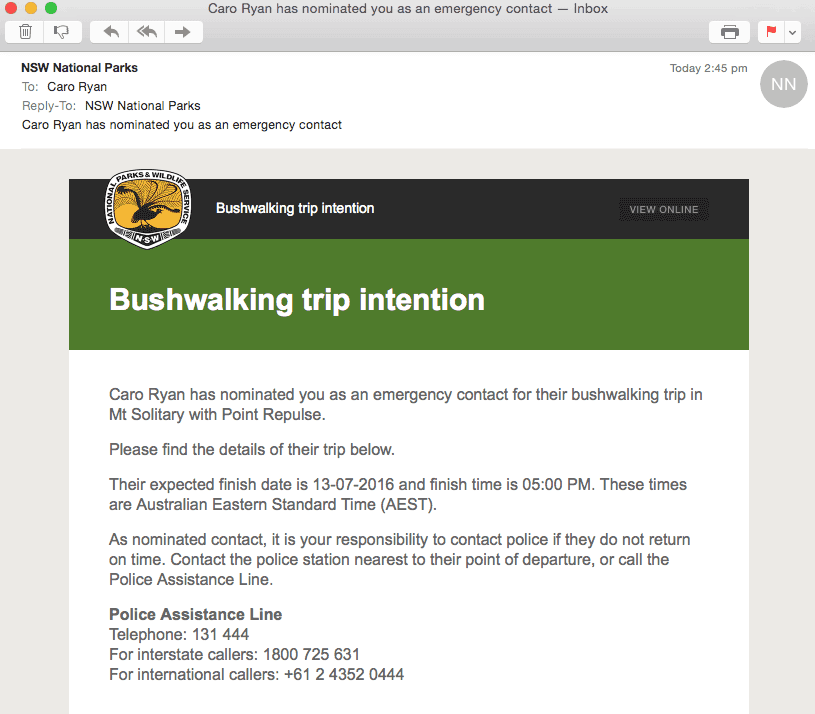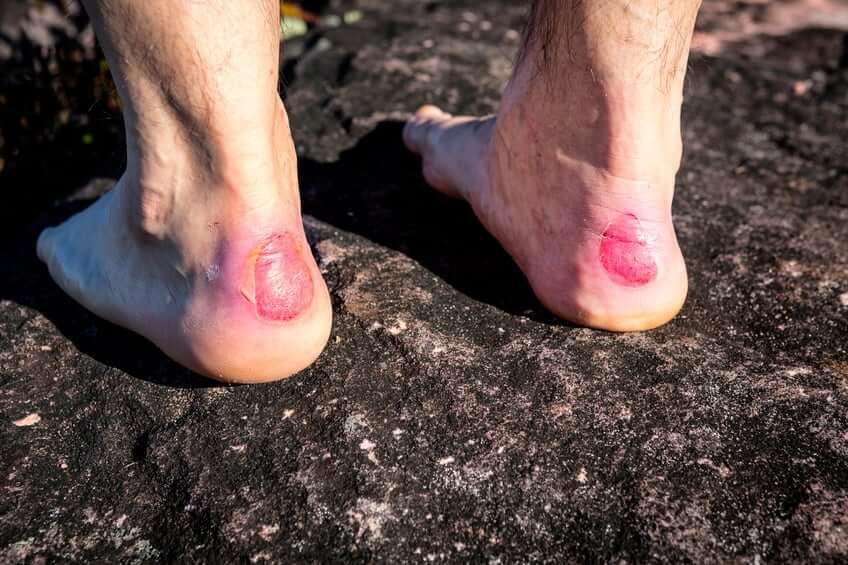With the rise of smartphones as a tool in hiking (GPS, mapping apps, cameras or if you’re like me, for reading Kindle books!), the addition of a battery powerbank to recharge them is becoming a must-pack item for our backpacks.
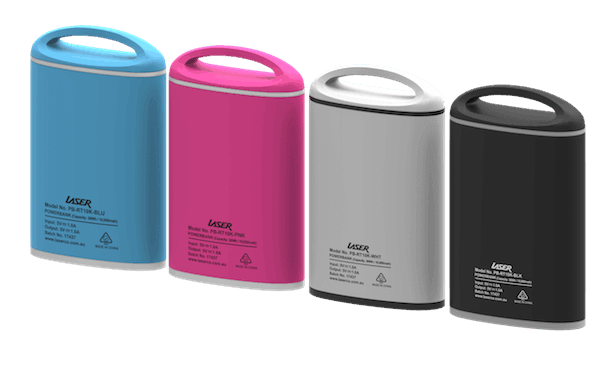 Up until now, you’d choose your powerbank based on mAh (milliampere hours), which describe the amount of total power that the unit can hold until you need to charge it again.
Up until now, you’d choose your powerbank based on mAh (milliampere hours), which describe the amount of total power that the unit can hold until you need to charge it again.
As a bushwalker, I’ve settled with using a 10,000mAh unit. For 195 grams I can get about 4-5 x iPhone 6 charges, so that suits me for most multi-day trips that I take. For shorter trips, I’ll save on weight and take a smaller one that just gives me 1-2 charges.
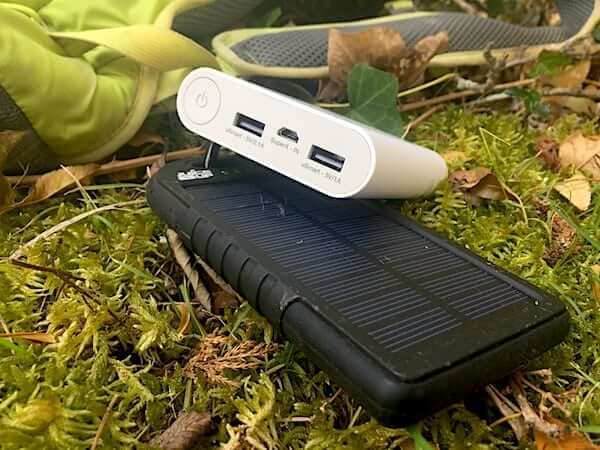 However, with airlines tightening their boarding policies for batteries (which includes powerbanks!), it’s a good idea to ensure that when you buy a powerbank, it meets the guidelines set down by not only your country’s aviation regulation body (CASA in Australia), but also the individual airlines. Both Qantas and Virgin outline their policies on their sites, so always make sure you check before you start packing your bags, carry-on that is!
However, with airlines tightening their boarding policies for batteries (which includes powerbanks!), it’s a good idea to ensure that when you buy a powerbank, it meets the guidelines set down by not only your country’s aviation regulation body (CASA in Australia), but also the individual airlines. Both Qantas and Virgin outline their policies on their sites, so always make sure you check before you start packing your bags, carry-on that is!
And here’s where it can get confusing…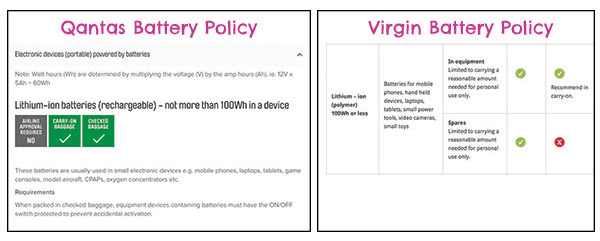
The policies and regulations are written in Wh (watt hours), not mAh. So to avoid fumbling around with arithmetic and formulas to convert, the simple thing is to choose a powerbank that clearly outlines what both the Wh and mAh is.
One Australian company (Laser) has woken up to this faster than anyone else and is changing all their packaging to include the watt hours.
To coincide with this announcement, I have 4 of their 10,000mAh (that’s 36Wh!) powerbanks to giveaway to four lucky LotsaFreshAir readers…
Update: Congratulations to winners D.Naylor, Lachlan MacDonald, Lisa Thomsen and Carlos Jimenez. Please check your emails for further information.


